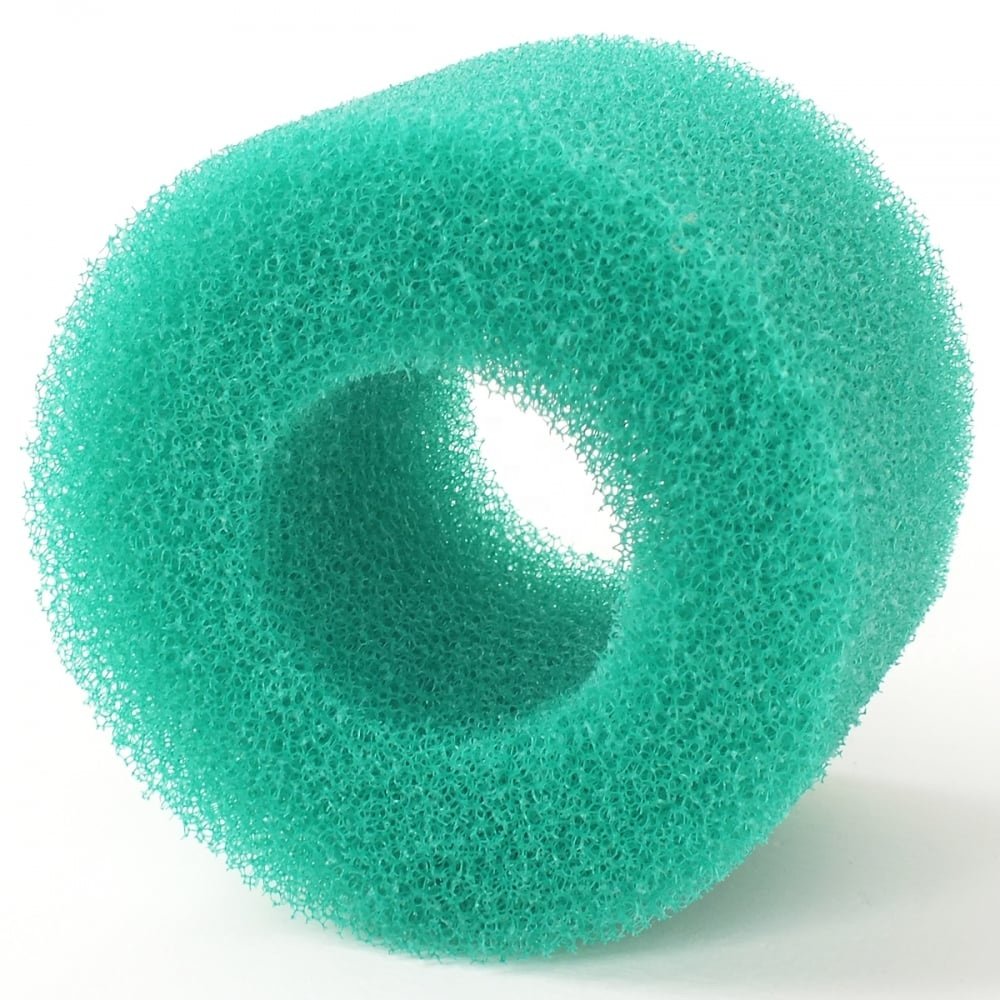Filter sponge is a versatile and porous material used in various filtration applications, particularly in aquariums, ponds, and industrial filtration systems,it also named reticulation sponge,blasting sponge.Filter sponge is made of ordinary open cell through net processing. Opening ratio of filter reaches to 90%~98%. It is designed to trap debris, particles, and impurities while allowing water or air to pass through. Filter sponges are commonly made from materials like polyurethane foam, cellulose, or other synthetic fibers, depending on the intended use.
Key Features of Filter Sponges
- High Porosity:
- Allows water or air to flow through while trapping particles.
- Durability:
- Resistant to wear and tear, making it suitable for long-term use.
- Reusable:
- Can be cleaned and reused multiple times, reducing waste.
- Chemical Resistance:
- Often resistant to chemicals, making them suitable for industrial applications.
- Biocompatibility:
- Safe for use in aquariums and ponds, as they do not harm aquatic life.
Applications
- Aquarium Filtration:
- Used in fish tanks to trap debris and provide a surface for beneficial bacteria to grow, aiding in biological filtration.
- Pond Filtration:
- Helps maintain clean water in ponds by filtering out algae, leaves, and other debris.
- Industrial Filtration:
- Used in air and water filtration systems to remove contaminants.
- Hydroponics:
- Acts as a filter in hydroponic systems to keep the water clean and free of debris.
- Home and Commercial Use:
- Used in air purifiers, water filters, and other cleaning systems.
Advantages
- Effective Filtration: Traps particles of various sizes.
- Low Maintenance: Easy to clean and reuse.
- Cost-Effective: Durable and reusable, reducing long-term costs.
- Eco-Friendly: Many filter sponges are made from recyclable or biodegradable materials.





